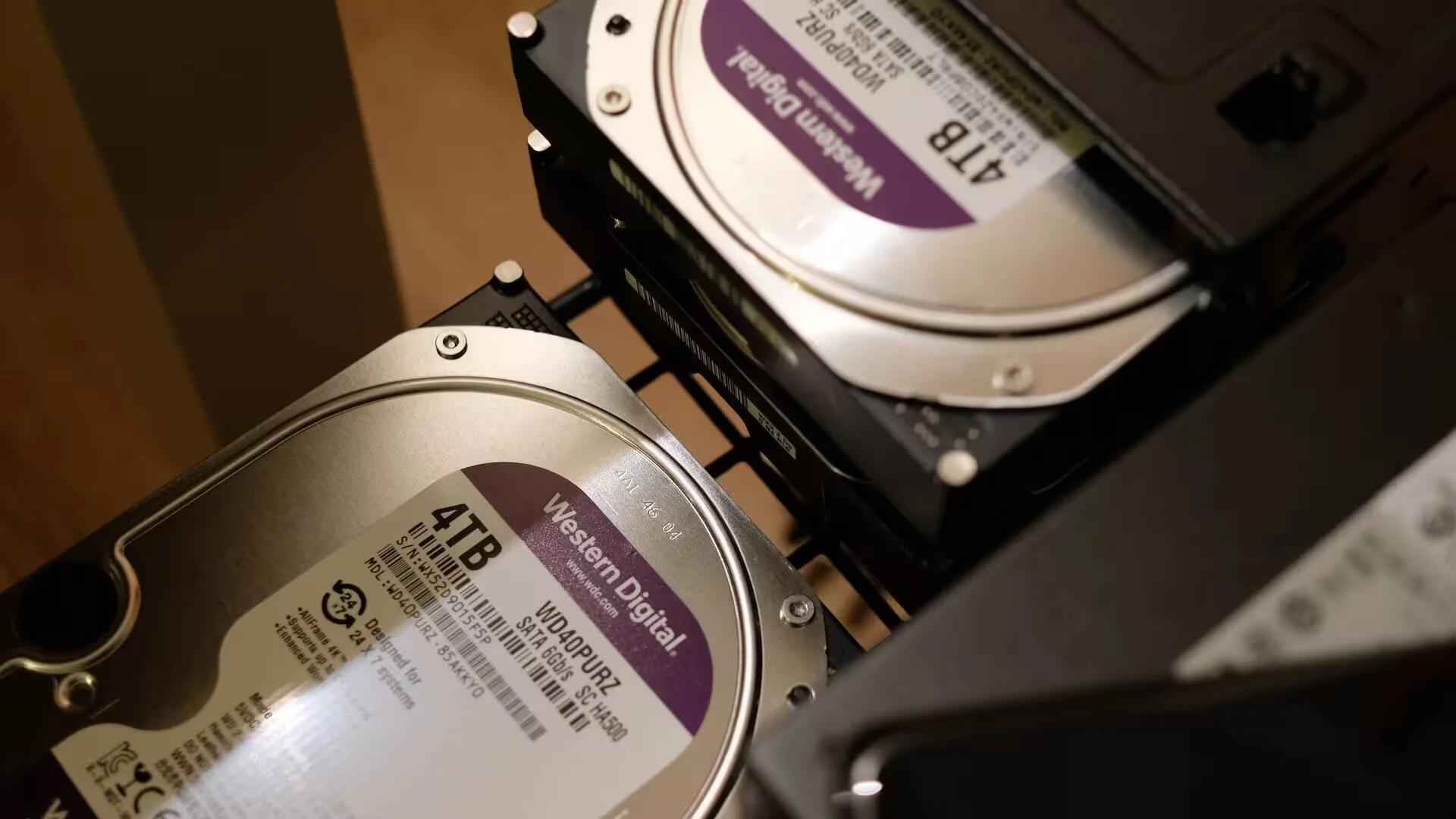Digitization has transformed our society and brought higher efficiency, sustainability, and a better quality of life. It has also made us super dependent on the systems being both available and functioning. What has previously been considered annoying hacker attacks have today evolved into targeted cyberattacks that threaten important and security-critical systems?
Cybersecurity has become a subject of high concern for data protection. With the Covid-19 pandemic, organizations shifted to virtual working and consequently became more prone to cybersecurity threats due to scattered data on devices in the office and at home.
Usually, companies think of email protection, firewalls, and network security when looking to improve cybersecurity, but they often fail to remember that certain items should be taken away as well. This is where data destruction comes into play, which is equally important for a company’s cybersecurity.
Below we look at the role of data destruction in cybersecurity and why it should never be taken for granted.
What Is Data Destruction?
The word “destruction” does not always mean a bad thing. A person might be concerned about data destruction if their device stops functioning and they have forgotten to make backups. However, organizations must destroy their data regularly, whether it is cleaning an inbox, deleting emails, or making space by deleting old and unnecessary files.
Despite what many people may think, modern data destruction is quite complex. Any data that is stored on hard drives, disks, USBs, and other physical hardware must be purged before any old devices are discarded, reused, or sold.
If, for instance, you want to destroy data on your hard drive for maximum security, you should do this the right way by searching for a professional hard drive destruction service that will demonstrate experience, has accreditations, and uses the right equipment.
In addition, data that is no longer being used but stored on networks and in the cloud should be systematically destroyed so that relevant data can be organized properly and protected from cyber-criminals.
Main Methods of Data Destruction

The biggest challenge associated with cybersecurity is that digital data leaves a much bigger footprint when compared to physical documents. Gone are the days when you could shred sensitive documents and ensure that they did not fall into the wrong hands.
This is not the case with digital data and for this reason, more innovative techniques have been developed. Below, we look at three predominant techniques for properly disposing of digital information.
Overwriting
Overwriting, also known as logical destruction, as the term already suggests, is a process that involves placing an additional layer of information atop existing material and its main objective is to make sure that the hard drive is not damaged while still covering up the data that it contains.
Data overwriting is not guaranteed to destroy data from inaccessible regions of the device like host-protected areas and you must also remember that this technique only works when the storage medium is undamaged and still writable, and when an organization plans to continue using it instead of throwing it away or reselling it.
Degaussing
Degaussing is a method for data destruction that is performed with a special tool called a degausser and selecting one designed for the particular storage device. The degausser completely removes or reduces the magnetic field associated with the storage disk, rendering it useless.
The degausser’s strong magnetic waves delete all of the data and render the device useless, unlike overwriting. This results in e-waste accumulation and is therefore a less desirable data destruction technique.
Physical Destruction
Finally, the option of physically destroying the device in question is always a possibility. Physical destruction can be performed by using chemicals or by shredding it. However, this technique is usually overseen by professional third-party vendors so that the organization remains compliant with global data destruction norms. Remember that a hard drive or device may still contain an appreciable amount of data.
Should Data Destruction Be a Priority?
When it comes to cybersecurity, organizations have a growing number of challenges. Evidence shows that companies cannot risk overlooking data destruction when they are drafting their cybersecurity plans.
By considering a top-notch data destruction procedure, organizations can bolster data protection and perform dispositions at the same time. Otherwise, even an amateur hacker can get easy access to sensitive data by simply keeping an eye on the pattern of disposing of hard drives without the proper data wiping in it.
In Closing
Although organizations spend a fortune protecting their data, they often overlook how it is secured or destroyed. Data destruction is essential for protecting sensitive information from continued exploitation and it makes a clear statement to hackers about the seriousness with which your company approaches data disposal.
